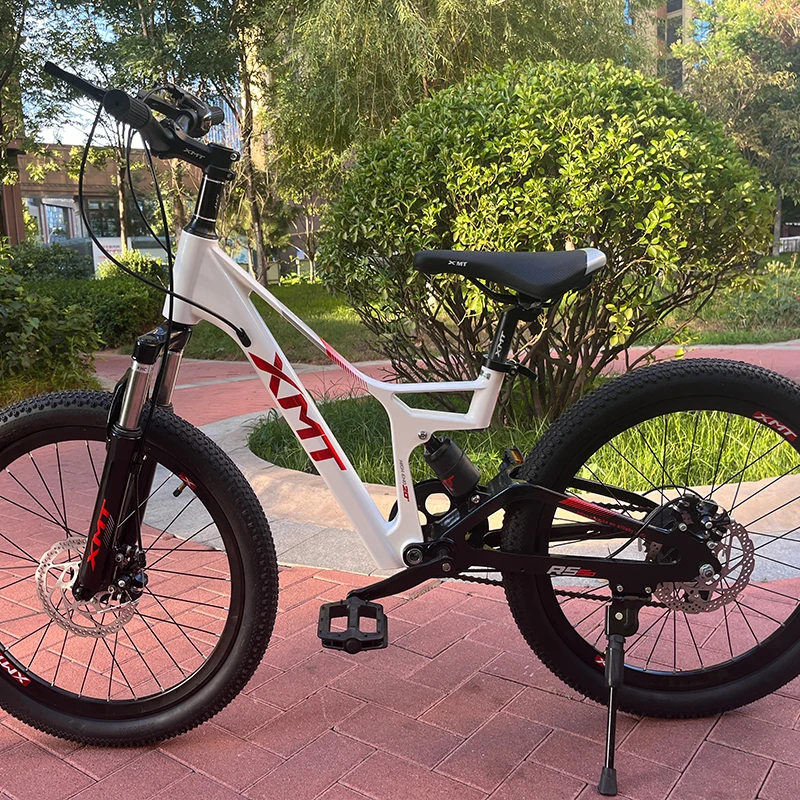
-
 Afrikaans
Afrikaans -
 Arabic
Arabic -
 Belarusian
Belarusian -
 Bengali
Bengali -
 Bulgarian
Bulgarian -
 Croatian
Croatian -
 Czech
Czech -
 Danish
Danish -
 Dutch
Dutch -
 English
English -
 Finnish
Finnish -
 French
French -
 German
German -
 Greek
Greek -
 hawaiian
hawaiian -
 Hebrew
Hebrew -
 Hindi
Hindi -
 Hungarian
Hungarian -
 Indonesian
Indonesian -
 irish
irish -
 Italian
Italian -
 Japanese
Japanese -
 Javanese
Javanese -
 kazakh
kazakh -
 Khmer
Khmer -
 Korean
Korean -
 Kyrgyz
Kyrgyz -
 Lao
Lao -
 Latin
Latin -
 Luxembourgish
Luxembourgish -
 Malay
Malay -
 Myanmar
Myanmar -
 Norwegian
Norwegian -
 Persian
Persian -
 Polish
Polish -
 Portuguese
Portuguese -
 Romanian
Romanian -
 Russian
Russian -
 Serbian
Serbian -
 Slovak
Slovak -
 Somali
Somali -
 Spanish
Spanish -
 Swedish
Swedish -
 Tagalog
Tagalog -
 Thai
Thai -
 Turkish
Turkish -
 Turkmen
Turkmen -
 Ukrainian
Ukrainian -
 Uighur
Uighur -
 Vietnamese
Vietnamese
nov . 14, 2024 18:46 Back to list
how to pick a bicycle
How to Pick a Bicycle A Comprehensive Guide
Choosing the right bicycle can be a daunting task, especially with the vast array of options available today. Whether you are a seasoned cyclist or a newcomer to the sport, understanding the different types of bicycles and their features is essential for making an informed decision. Here are some key factors to consider when picking a bicycle.
1. Determine Your Riding Style
Before you start browsing through bikes, assess how you plan to use your bicycle. Are you looking for a commuter bike for daily travel, a road bike for long-distance rides, a mountain bike for off-road adventures, or a hybrid bike that combines features of both? Understanding your riding style will help you narrow down your options significantly.
2. Frame Size
Proper frame size is crucial for a comfortable and safe riding experience. Most manufacturers provide sizing charts based on your height and inseam measurements. It's best to test ride different sizes to see which one feels the most comfortable. Remember that a well-fitted bike will enhance your performance and reduce the risk of injury.
3. Wheel Size
Bicycles come with various wheel sizes, typically ranging from 26 inches to 29 inches for mountain bikes and 700c for road bikes. Smaller wheels are generally more agile and easier to handle, while larger wheels provide better speed and rolling efficiency over rough terrain. Consider your riding environment when choosing the right wheel size.
how to pick a bicycle

4. Gearing
The gearing system is an important aspect to consider, especially if you plan to ride in varied terrains. Bikes with multiple gears can be beneficial for hilly areas, while single-speed bikes are great for flat urban environments. Knowing your local terrain will help you determine the appropriate gearing for your bicycle.
5. Budget
Bicycles come in a wide range of prices. Set a budget before you start shopping to help you focus on options that are within your range. Remember to factor in the costs of necessary accessories such as helmets, lights, and locks, as safety should always be a priority.
6. Test Ride
Once you have narrowed down your choices, test riding is crucial. Visiting local bike shops allows you to feel the bike's comfort, weight, and handling. A test ride can help you gauge how the bike performs and whether it suits your riding style.
Conclusion
Picking a bicycle involves careful consideration of your needs, preferences, and budget. By assessing your riding style, frame size, wheel size, gearing, and testing various models, you can find the perfect bike that will provide enjoyment and utility for years to come. Happy cycling!
-
Red Black BMX Bike with GPT-4-Turbo AI Tech
NewsJul.31,2025
-
New Red Anti-theft E-Bike | Easy Ride City Commuter
NewsJul.31,2025
-
BMX 20 Inch Bikes for Freestyle & Street | Fat Tire Options Available
NewsJul.30,2025
-
322 High Quality 26 Inch 21 Speed Adult Mountain Bike OEM MTB
NewsJul.29,2025
-
Specialized Kids Mountain Bikes - Safe, Durable & Fun Riding Experience
NewsJul.29,2025
-
Little Kids Mountain Bike - Lightweight Bikes for Young Riders
NewsJul.29,2025

